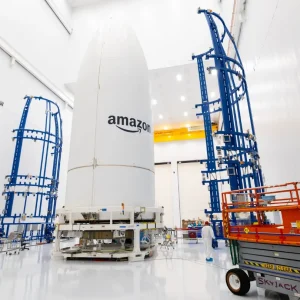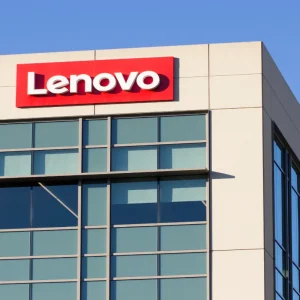BMW and Ford may be beaten to the driverless punch by UK autonomous driving start-up Five.ai, which plans to deliver fully autonomous vehicles by 2019.
The company, which raised $2.7 million in July, has set their timescale two years ahead of similar projects recently announced by Ford and BMW.
Five.ai claims to have the technological edge over competitors by using sophisticated machine-learning that will help with the vehicles understanding of its surroundings, as opposed to early approaches which rely on 3D maps and localisation. The latter approach is currently being tested by Ford and Google.
Speaking to Quartz about Five.ai’s approach, Alex Flamant, an associate at Notion Capital, an investor in the startup, said: “They will have an ability not to rely on existing 3D models. There are a lot of incumbents not targeting this strategy because it’s not low-hanging fruit. It’s easier to rely on maps.”
Five.ai’s approach will require vehicles to carry significantly more processing power on board. Stan Boland, CEO and founder of Five.ai, told Quartz that a Five.ai vehicle would potentially need three to four times as many computers as Google’s driverless car. “The fire hydrant of data from those pixels you’re receiving is much more; we will need a lot more computing power to process it.” Boland said.
The technology sitting behind Five.ai’s autonomous vehicles includes multiple sensors, positioned around the vehicle and including high-res cameras, radar, ultrasound, LIDAR, IMS, audio and GNSS. In what the company calls perception, advanced computer vision is combined with deep neural networks with unsupervised learning technology. This provide for perception layers, giving reliable scene segmentation, depth, state and position in 3D space.
The goal of the company is to deliver a fully autonomous, van-like vehicle. The vision is for this vehicle to be capable of travelling across cities, picking up and dropping off passengers on the go. With the vehicles set to carry up to 6 people, CEO Boland told Quartz that the vans will be “like UberPool except you haven’t got a driver. It’s maintained by a transport provider, and it’ll be the cost of a bus ride.”






